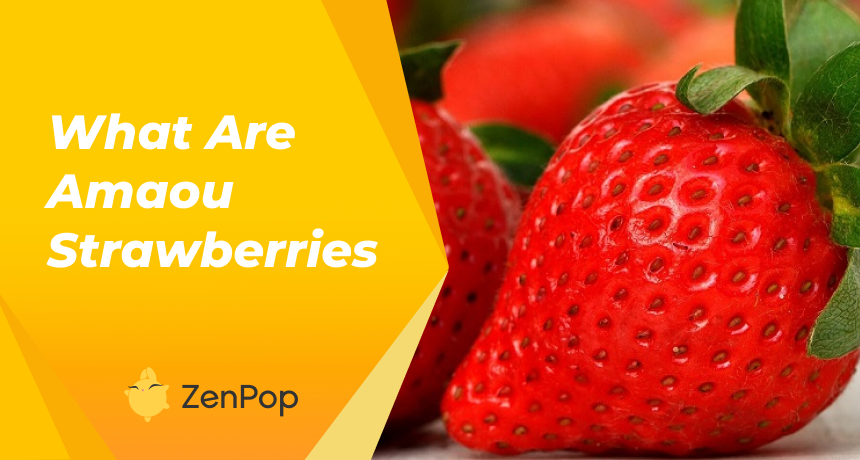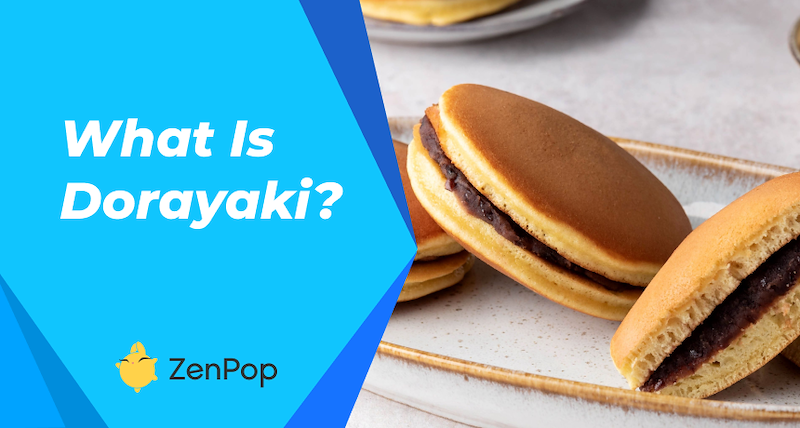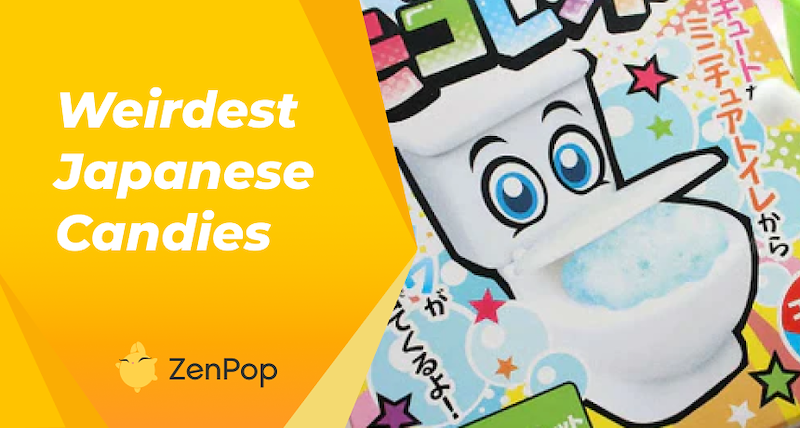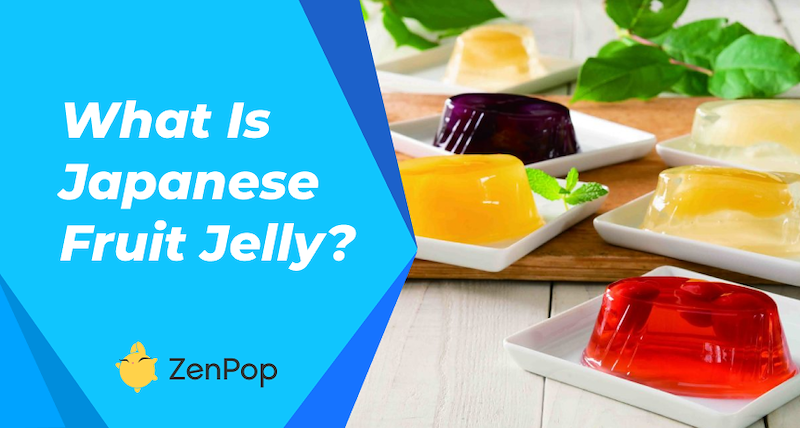
What is Japanese Fruit Jelly?
In the land of the rising sun, there are different Japanese fruit jelly products you can buy and make yourself. The most common type is the one you can purchase from convenience stores.
Generally speaking, they make great snacks and desserts. And since they’re mostly served chilled, they’re refreshing too. Today, we will learn about the different types of Japanese fruit jellies and their ingredients.
The Different Types of Japanese Fruit Jelly
Mixed Fruit Jelly
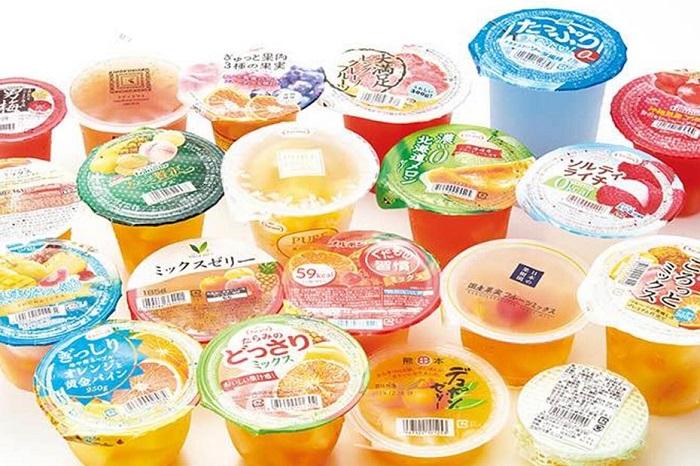
If you need a quick dessert fix, mixed fruit jellies are the way to go. You’ll find a lot of these being sold in the dessert sections of supermarkets and convenience stores in Japan. Store them in the fridge before eating, so you’ll have a delightful treat.
Typically found in these products are apples, mikan oranges, and a variety of peaches. Some of the top products include Pure by Tarami, Frutissier by Maruha Nichiro, and Kudamono no Jyuujitsu by Seven Premium.
Konjac Fruit Jelly
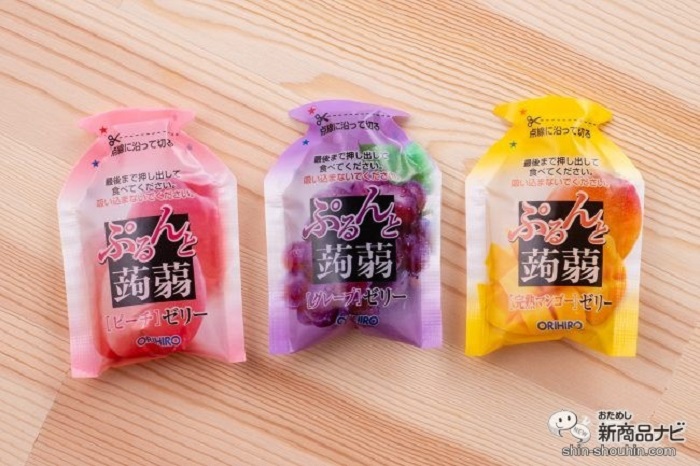
Konjac fruit jelly snack.
When we talk about konjac fruit jelly, it can range from snacks to drinks. The jelly part of these products is made from corm, which is the root of the konjac plant. A lot of people believe that this part is healthy because it is rich in a kind of fiber called glucomannan.
Products with konjac jelly (or こんにゃく) use konjac powder and water to produce a gelatin-like result. However, this type of jelly is firmer than your typical gelatin. When you eat such products, expect to chew on them a lot before you can swallow them.
Japan’s konjac fruit jelly candies come in a squeezable pack. You only need to cut a corner or the top part (depending on the packaging design) and then start sipping to enjoy the fruity flavor. You can also buy drinkable konjac jelly that comes in different fruit flavors.
Japanese brand Orihiro makes a lot of these konjac fruit jellies. It produces both candy and drinkable versions. Some of the flavors they use in their snacks include muscat, apple, grape, pear, lemon, and cherry.
Kanten Fruit Jelly (フルーツ寒天ゼリー)
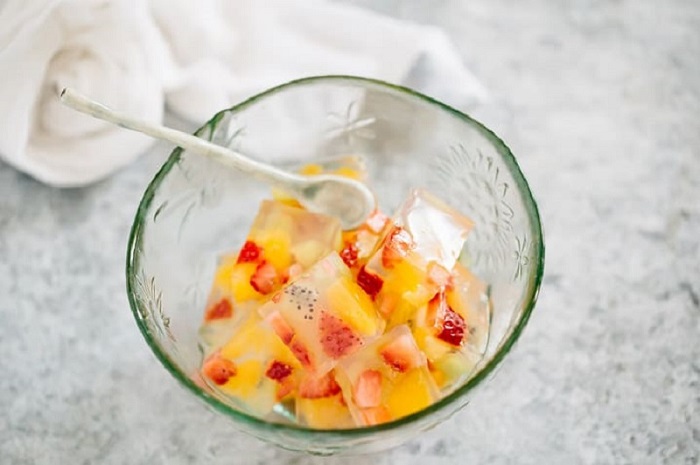
A lot of Japanese fruit jelly desserts are made with kanten. The ingredient is a jellying agent discovered in Japan in 1658.
Even if you’re not in Japan, you can easily make this dessert. The only special ingredient is the kanten powder. The rest can be bought at your local grocery. It’s an excellent dessert during the summer.
Since kanten doesn’t have a taste, it can take the flavor of the fruit juice of your choice. It's a great dessert fix for people on a diet as it quickly makes them full.
There are three different types of kanten: powder, stick, and thread form. Among these types, the powder kanten is the easiest to use.
What is kanten?
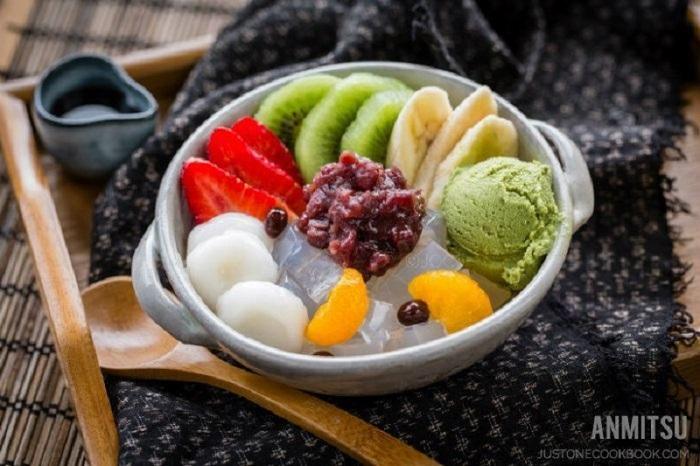
Anmitsu is a Japanese mixed fruits dessert that uses kanten.
This jellying ingredient is made from seaweed that is processed and dried. It is sourced from red algae called gelidium (which is locally known as tengusa). As a result, kanten is a calorie-free food that’s an abundant source of dietary fiber.
Aside from fruit jellies, kanten is also being used for wagashi (和菓子) or Japanese confectionery. An example of this is the anmitsu, which is kanten jelly topped with dango, fruits, red bean paste (azuki), and mitsu (a sweet dark-colored syrup).
Kanten vs. Agar
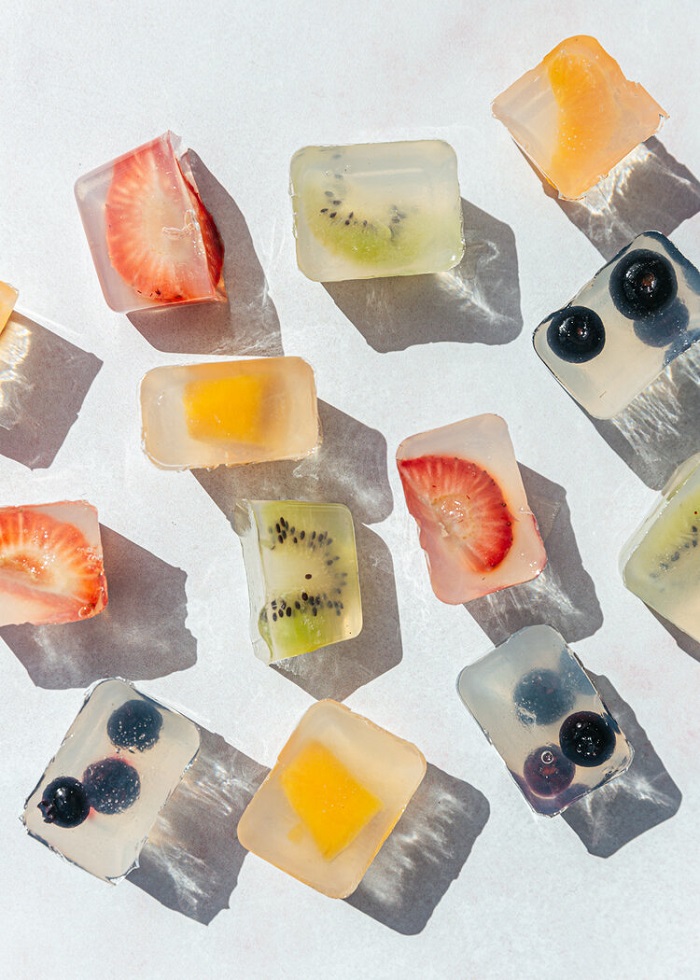
Internationally, kanten and agar may be the same, but in Japan, the two types of jellying ingredients are distinguished from one another. Although both come from seaweed, they have different textures.
Agar is made using carrageenans, a family of polysaccharides that come from red edible seaweeds. It is made to resemble gelatin. Kanten, as mentioned above, comes from tengusa. Unlike gelatin, it has a firm but brittle texture.
So remember that if a recipe specifies that you need to use kanten, never replace it with agar. Otherwise, you risk ruining the required texture. For example, a dish called Tokoroten (Japanese jelly noodles) needs kanten because of its firmness.
Is kanten the same as gelatin?
Kanten and gelatin are different. The former is tasteless and odorless. And unlike gelatin, kanten is semi-translucent. It is firmer than gelatin and can maintain its jelly form under warm temperatures.
Is kanten jelly vegan?
Yes. Vegans can eat kanten because it is made using seaweed. Gelatin, on the other hand, is from protein derived from animal collagen.
How to Make a Simple Japanese Fruit Jelly
The kanten fruit jelly is so easy to make. As long as you have a kanten powder and some fruits you’ll be ready to make one! This product can be purchased in Japanese grocery stores. Your favorite online store might have it too. Here’s an easy Japanese fruit jelly recipe you can easily follow.
What you need:
- A variety of fruits (choose which ones you want to include)
- Fruit juice (e.g. apple juice). Refer to the kanten powder label for the amount of water you need. Replace it with this juice.
- Kanten powder
- Sugar
- A container or ice cube tray. If you have a nagashikan, all the better as it prevents the kanten from sticking on the sides.
Instructions:
- Wash and cut the fruits into small bite-size pieces.
- Prepare the jelly by heating the juice in your saucepan. Add the kanten powder and sugar to taste. Bring to a boil.
- Place the sliced fruits in your preferred container.
- Pour the kanten mixture into the container. Let it cool down.
- Once it’s ready, put it in the fridge and allow it to set.
Once it’s chilled, it’s time to enjoy your homemade Japanese fruit jelly.
The Bottom Line
There are a variety of Japanese fruit jellies available in convenience stores and groceries. Different fruits are being used and they come in a lot of flavors too. These snacks and desserts typically use konjac and kanten. And if you have a pack of kanten powder, you can easily make your very own cool and refreshing dessert with the fruits of your choice.


